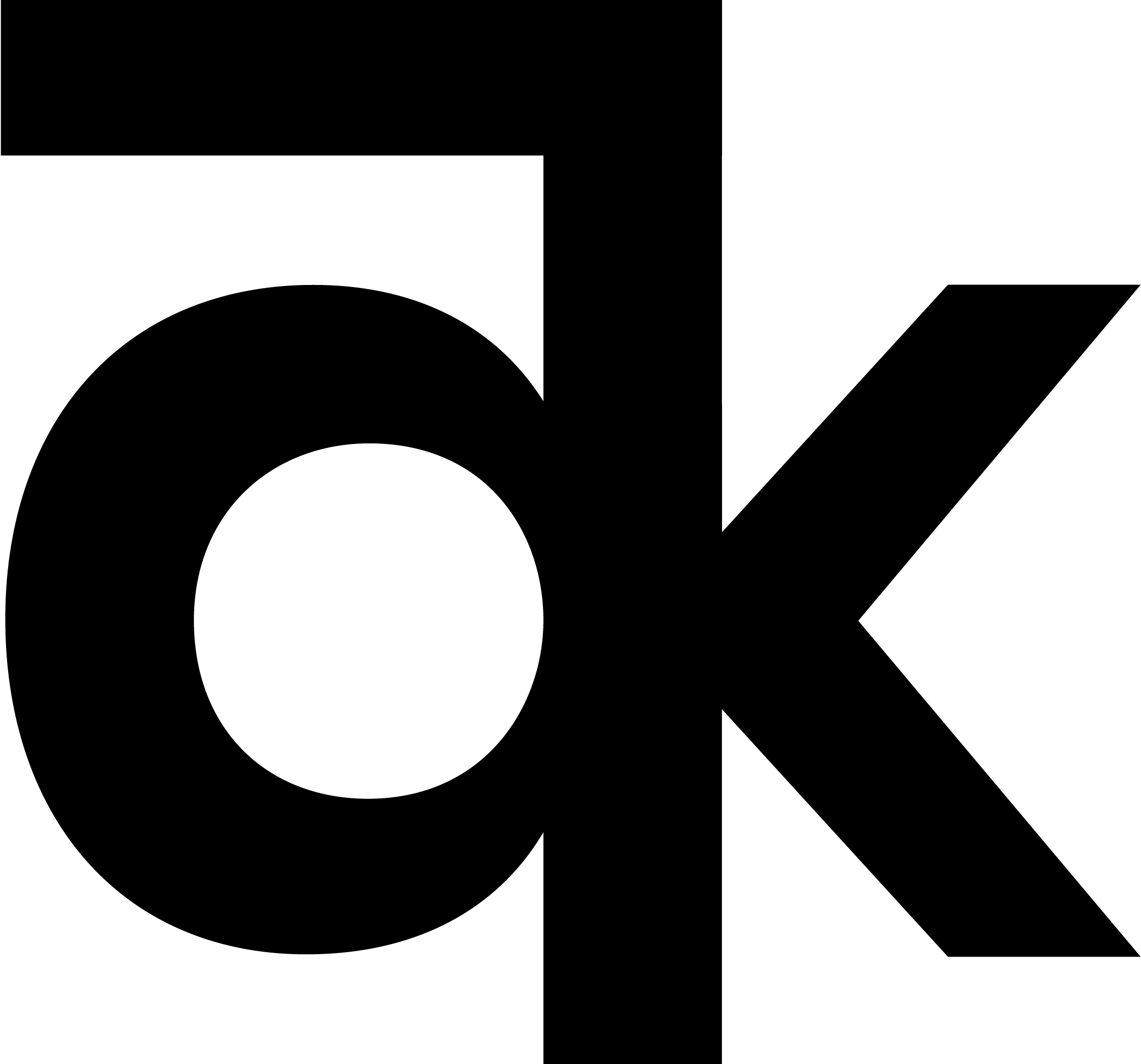Project Overview:
Over the course of this project, I created High Fidelity Wireframes, developed the Design System and conducted several Usability Testing sessions with my team. I extracted valuable insights from these testing sessions, collaborated with stakeholders to send these designs to build to the Developers. Throughout this process, I ensured that the Business strategy, customer needs, and Human-Centered Design principles remained at the core of our ways of working.
Note: My work during this role is confidential. Please reach out to me if you have any specific questions and I'd be happy to answer them.
Now, let's dive into the parts of the process I can show you! This is how the journey began:
Role:
UX/UI Designer in a team of three
My Responsibilities:
Design System, Wireframes, Usability Testing, Prototyping, User Experience, Facilitating, Conducting Workshops, Stakeholder Communications
Tools:
Figma, Adobe Creative Suite
Design Timeline:
When I joined Fidelity Life, I was in a unique position of joining at the end of the Low Fidelity Wireframes stage. I hit the ground running with creating Low Fidelity Wireframes and Usability Testing.
Research & Insights
I facilitated the User Testing of 2 Low Fidelity prototypes with 15 customers and synthesised the feedback and played this back to stakeholders and got further feedback from them. Prior to this we had insights from customer interviews, initial journey mapping, surveys and industry analysis. This enabled us to create Low Fidelity Wireframes to test our concepts.
Customers made it through the prototype much faster not stopping as often to ask why. Human imagery where we are giving support or help was liked and felt to be more trusting.
I facilitated the User Synthesis workshop and some paint points that stood out were:
What went well
Customers were able to be in a state of flow through the prototype and appreciated the support.
Human imagery where we are giving support or help was liked and felt to be more trusting.
Growth Opportunities
The journey was content heavy and some areas needed a softer approach, tone of voice and warmth.
There was a need to have more support through the experience with iconography and visual hierarchy.
I synthesised the notes from the Low Fidelity wireframes, and collaborated with stakeholders during in the post-testing refinement phase, to prioritise these user needs into creating design concepts for improvements.
Design
After synthesis the results from our testing, I began actively researching and ideating for our Visual Design Concepts, while simultaneously creating our Design System with my team.
Design Principles
I started exploring the Art Direction and visual style and researching exemplars to best support our team's experience design principles.
Design System
We collaborated with an awesome Agency to help structure our White Label Design System. Learning from experts in the industry guided us to continue creating the Design System for this project, and eventually for other projects as well.
Accessibility
We incorporated accessibility standards throughout the design process, ensuring compliance with the WCAG AA standard. Being the DEIB Strategy Champion in the organisation, I took my learning from those workshops into our Design process, from designing to testing.
High Fidelity Prototypes:
One of our testing sessions were with 6 customers from different locations and diverse backgrounds.
The testing was a success, as we continued to measure usability using the System Usability Scale (SUS) score, which improved to 80.4.
The success was also measure through task completions which was a 100%.
What went well
92% task success.
High scores in usability and design principles.
The layout is straightforward and easy to use.
Clear CTA’s and progression through the tool.
Growth Opportunities
Not all interactions are immediately obvious.
Users are confused about where they are in the journey.
Users need support for some questions.
Users find the tool content heavy.
Next Steps
The next steps were prioritising design changes and making design change recommendations by creating design concepts.
I continued to collaborate with the stakeholders and presented our insights in our Monthly Design Showcases to the wider business and our Bi-weekly Development-Design Sync's, to our BA's, Product Manager, Owners and Developers.
We were also simultaneously updating our Handover file of the journey or the parts that were ready for build.
The project is set to launch at the end of 2024.
Reflections
Fail fast, fail often
Embracing the concept of "fail fast, fail often" taught me the importance of iterating quickly and continuously improving designs based on user feedback.
Lean UX in User Testing
Implementing lean UX methodologies, particularly in testing, highlighted the efficiency of validating assumptions early and often to create more user-centric solutions.
White-label design systems are an asset
Developing a white-label design system proved invaluable for scaling our work, showcasing the significance of creating reusable components and consistent design patterns for efficiency and scalability.
Continue to be curious and positive
If you approach new tasks and opportunities with curiosity and positive energy, it will take away from any nerves and help you feel excited to learn and grow.
